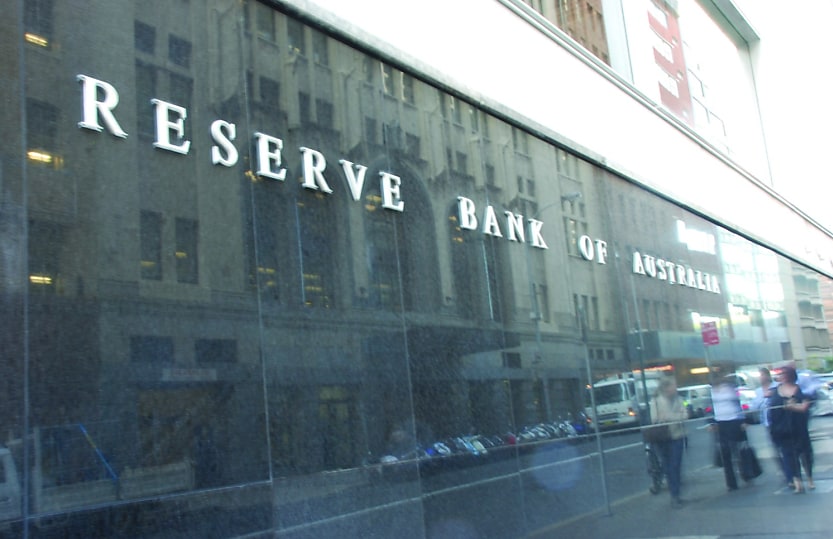Further rate rises tipped for August, September

The pause in interest rates this month is likely to be short-lived with the RBA still concerned about sticky services inflation and rising wages growth, an economist warns.
The RBA’s commentary accompanying its decision to leave rates on hold at 4.1 per cent suggests the pause is only temporary, according to AMP chief economist Shane Oliver.
“Its decision to hold was sensible given the degree of tightening we have already seen and the lagged impact of this on the economy,” said Mr Oliver.
“However, the RBA’s accompanying commentary was similar to what it said in April after a pause before hiking again in May: pausing provides time to better assess the outlook but “some further tightening of monetary policy may be required.”
Mr Oliver said the RBA appears to be waiting for the June quarter CPI which will be released at the end of this month and its next round of forecast revisions in early August.
“Given the RBA’s ongoing concern about inflation being too high, sticky services inflation, the tight labour market and rising wages growth, barring a sharp downside surprise in coming jobs and inflation data we are allowing another 0.25 per cent hike in August and a final 0.25 per cent in September.”
This would take the cash rate to a peak of 4.6 per cent.
Investment manager Franklin Templeton is similarly predicting a further two rate rises to 4.6 per cent before the fourth quarter.
Economists at the firm said despite the cumulative 400 bps of tightening so far this cycle, inflation is still not sufficiently under control.
“While headline inflation softened in May, employment indexes are still robust. Inflation excluding volatile components is sticky as unit labour costs remain elevated,” the investment manager said.
“We expect that wage growth, although still steady, could rise as minimum wages are raised and public sector wage caps are removed.
Robert property prices in the past three months are further complicating the delicate balance for the RBA as it property values continue to challenge the traditional impact of monetary tightening.
“Meanwhile, growth is slowing sharply as higher borrowing costs erode purchasing power,” it said.
The investment firm expects consumption, especially for households, to remain weak and unemployment rates to likely go higher, up to 4.5 per cent–5 per cent (currently at 3.6 per cent) before inflation is brought within target.
“While the likelihood of an outright recession is low, it cannot be ruled out completely as risks to the inflation outlook remain firm,” it stated.
“We expect two more rate hikes to take the cash rate to 4.60 per cent by the fourth quarter, and the trajectory beyond to be data-dependent."
Risks of further rate hikes to economy
Mr Oliver said monetary policy typically impacts the economy with a lag of up to one year.
“The lagged impact on the household sector this time around has likely been lengthened thanks to savings buffers built up in the pandemic, the reopening boost and more than normal home borrowers locking in at 2 per cent or so fixed rates,” he said.
“However, these protections are now wearing off particularly with many fixed rate mortgages now resetting. And we are now seeing increasing evidence that rate hikes are biting with falling real retail sales, a sharp fall in building approvals, slowing business investment, slowing GDP growth, more negative corporate commentary, rising insolvencies and falling job openings.”
As a result of ongoing rate hikes, the risk of recession in the next year as very high at about 50 per cent, according to the bank.
“Consumer spending is almost certain to start going backwards later this year as the 4 per cent plus cash rate will push debt interest payments to around record levels as a share of household income as fixed rate borrowers roll off to variable rates and past variable rate hikes flow through,” said Mr Oliver.
A recent survey by AMP Bank found nearly 70 per cent of homeowners with a mortgage were worried about meeting their payments if rates continue to rise, with 31 per cent worried right now.
“In a positive sign at least that the RBA sees rates as getting closer to the top it acknowledged that higher rates “are working to establish a more sustainable balance between supply and demand,” said Mr Oliver.
About the author







